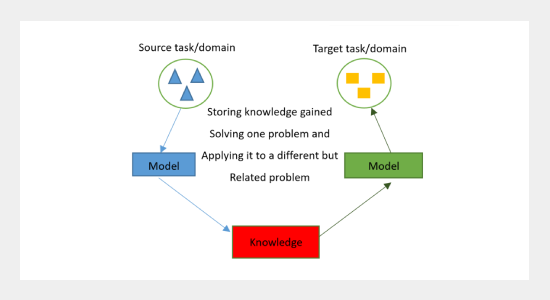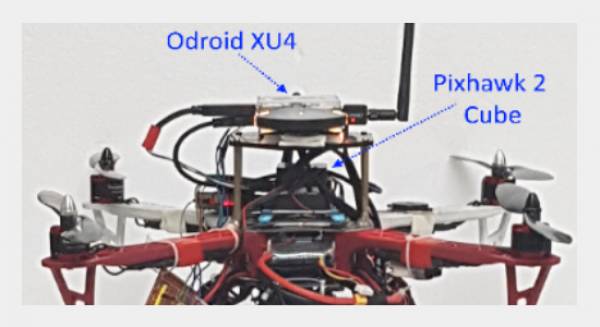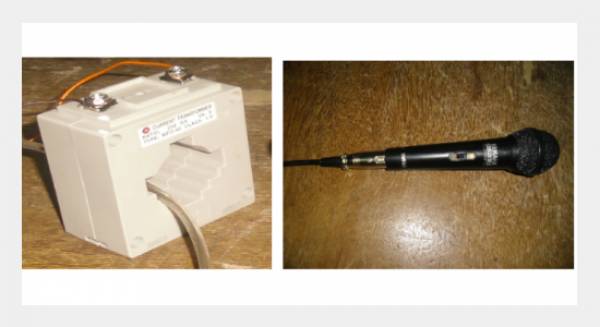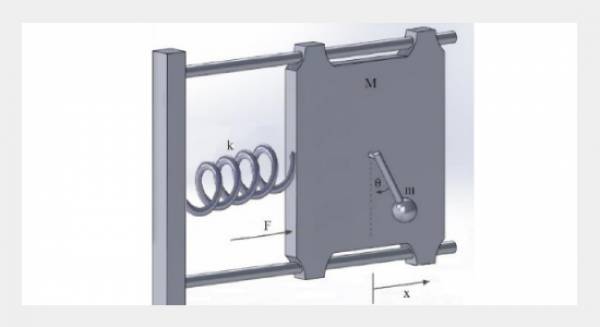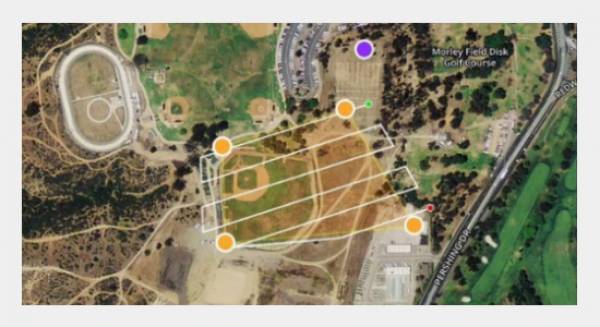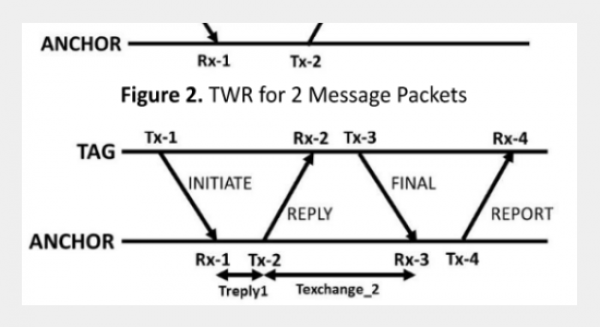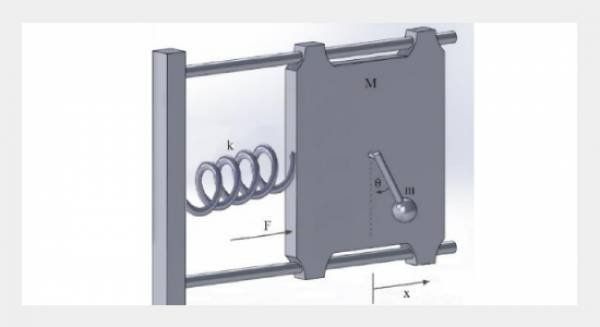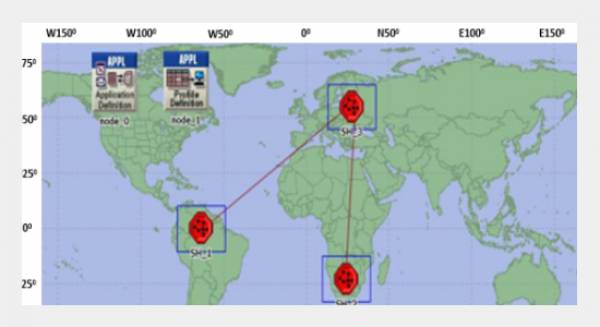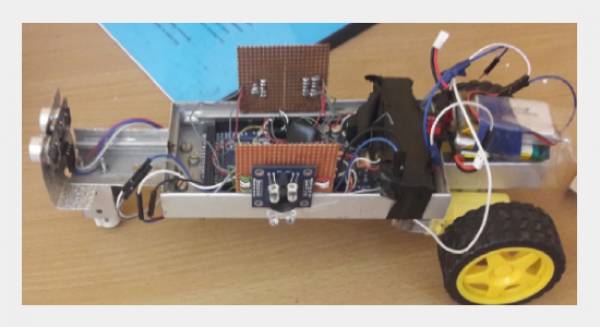REFERENCES
- [1] H. Ouerghi, O. Mourali and E. Zagrouba, “Glioma classification via MR images radiomics analysis,” The Visual Computer. 2021, vol. 8, pp. 1–15. https://doi.org/10.1007/s00371-021-02077-7
- [2] A. Rehman, T. Saba, Z. Mehmood, U. Tariq and N. Ayesha, “Microscopic brain tumor detection and classification using 3D CNN and feature selection architecture,” Microscopy Research and Technique. 2021, vol. 84, no. 1, pp. 133–149. https://doi.org/10.1002/jemt.23597
- [3] F. Bashir-Gonbadi and H. Khotanlou, “Brain tumor classification using deep convolutional autoencoder-based neural network: Multi-task approach,” Multimedia Tools and Applications. 2021, vol. 11, pp. 1–21. https://doi.org/10.1007/s11042-021-10637-1
- [4] L. Pei, L. Vidyaratne, M. M. Rahman and K. M. Iftekharuddin, “Context aware deep learning for brain tumor segmentation, subtype classification, and survival prediction using radiology images,” Scientific Reports. 2020, vol. 10, no. 1, pp. 1–11. https://doi.org/10.1038/s41598-020-74419-9
- [5] J. Amin, N. Gul, M. Yasmin and S. A. Shad, “Brain tumor classification based on DWT fusion of MRI sequences using convolutional neural network,” Pattern Recognition Letters. 2020, vol. 129, pp. 115–122.https://doi.org/10.1016/j.patrec.2019.11.016
- [6] M. U. Rehman, S. Cho, J. Kim and K. T. Chong, “BrainSeg-Net: Brain tumor MR image segmentation via enhanced encoder-decoder network,” Diagnostics. 2021, vol. 11, no. 2, pp. 169. https://doi.org/10.3390/diagnostics11020169
- [7] M. Qasim, H. M. J. Lodhi, M. Nazir, K. Javed, S. Rubab et al., “Automated design for recognition of blood cells diseases from hematopathology using classical features selection and ELM,” Microscopy Research and Technique.2021, vol. 84, no. 2, pp. 202–216. https://doi.org/10.1002/jemt.23578
- [8] I. U. Lali, A. Rehman, M. Ishaq, M. Sharif, T. Saba et al., “Brain tumor detection and classification: A Framework of marker-based watershed algorithm and multilevel priority features selection,” Microscopy Research and Technique. 2019, vol. 82, no. 6, pp. 909–922. https://doi.org/10.1002/jemt.23238
- [9] M. Nasir, I. U. Lali, T. Saba and T. Iqbal, “An improved strategy for skin lesion detection and classification using uniform segmentation and feature selection based
approach,” Microscopy Research and Technique. 2018, vol. 81, no. 6, pp. 528–543. https://doi.org/10.1002/jemt.23009
- [10] M. Sharif, U. Tanvir, E. U. Munir and M. Yasmin, “Brain tumor segmentation and classification by improved binomial thresholding and multi-features selection,” Journal of Ambient Intelligence and Humanized Computing.2018, vol. 4, pp. 1–20.https://doi.org/10.1007/s12652-018-1075-x.
- [11] M. I. Sharif, J. P. Li and M. A. Saleem, “Active deep neural network features selection for segmentation and recognition of brain tumors using MRI images,” Pattern Recognition Letters.2020, vol. 129, no. 10, pp. 181–189.https://doi.org/10.1016/j.patrec.2019.11.019
- [12] S. A. Khan, M. Nazir, T. Saba, K. Javed, A. Rehman et al., “Lungs nodule detection framework from Computed tomography images using support vector machine,” Microscopy Research and Technique.2019, vol. 82, no. 8, pp. 1256–1266.https://doi.org/10.1002/jemt.23275
- [13] I. Ashraf, M. Alhaisoni, R. Damaševicius, R. Scherer, A. Rehman ˇ et al., “Multimodal brain tumor classification using deep learning and robust feature selection: A machine learning application for radiologists,” Diagnostics.2020, vol. 10, pp. 565. https://doi.org/10.3390/diagnostics10080565
- [14] A. Majid, M. Yasmin, A. Rehman, A. Yousafzai and U. Tariq, “Classification of stomach infections: A paradigm of convolutional neural network along with classical features fusion and selection,” Microscopy Research and Technique.2020, vol. 83, no. 5, pp. 562–576. https://doi.org/10.1002/jemt.23447
- [15] F. Afza, M. Sharif and A. Rehman, “Microscopic skin laceration segmentation and classification: A framework of statistical normal distribution and optimal feature selection,” Microscopy Research and Technique. 2019, vol. 82, no. 9, pp. 1471–1488. https://doi.org/10.1002/jemt.23301
- [16] S. Rubab, A. Kashif, M. I. Sharif, N. Muhammad, J. H. Shah et al., “Lungs cancer classification from CT images: An integrated design of contrast based classical features fusion and selection,” Pattern Recognition Letters.2020, vol. 129, pp. 77–85. https://doi.org/10.1016/j.patrec.2019.11.014
- [17] M. Nazir, M. A. Khan, T. Saba and A. Rehman, “Brain tumor detection from MRI images using multi-level wavelets,” in 2019 Int. Conf. on Computer and Information Sciences, Sakaka, SA, pp. 1–5. https://doi.org/10.1109/ICCISci.2019.8716413
- [18] S. shahalinejad, R. Seifimajdar, ”Macular Hole Detection Using a New Hybrid Method: Using Multilevel Thresholding and Derivation on Optical Coherence Tomographic Images”, Swarm Intelligence and Neural Network Schemes for Biomedical Data Evaluation. Volume 2021. https://doi.org/10.1155/2021/6904217
- [19] U. Nazar, I. U. Lali, H. Lin, H. Ali, I. Ashraf et al., “Review of automated computerized methods for brain tumor segmentation and classification,” Current Medical Imaging.2020, vol. 16, no. 7, pp. 823–834. https://doi.org/10.2174/1573405615666191120110855
- [20] S. Zahoor, K. Javed and W. Mehmood, “Breast cancer detection and classification using traditional computer vision techniques: A comprehensive review,” Current Medical Imaging.2020, vol. 9, pp. 1–23. https://doi.org/10.2174/1573405616666200406110547
- [21] S. Shahalinejad.” Detection of Oral and Dental Tissue from the Biomaterials Used in Teeth Using Medical Image Processing Technique.” International Journal of Dental Medicine. 2021 Jul 16; 7(2):15.https://doi.org/10.11648/j.ijdm.20210702.11
- [22] M. Rashid, M. Alhaisoni, S.-H. Wang, S. R. Naqvi, A. Rehman et al., “A sustainable deep learning framework for object recognition using multi-layers deep features fusion and selection,” Sustainability. 2020 vol. 12, pp. 5037.object recognition using multi-layers deep features https://doi.org/10.3390/su12125037


